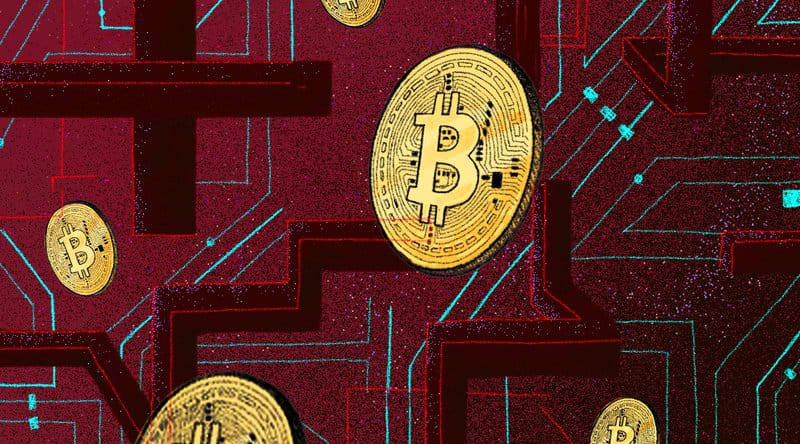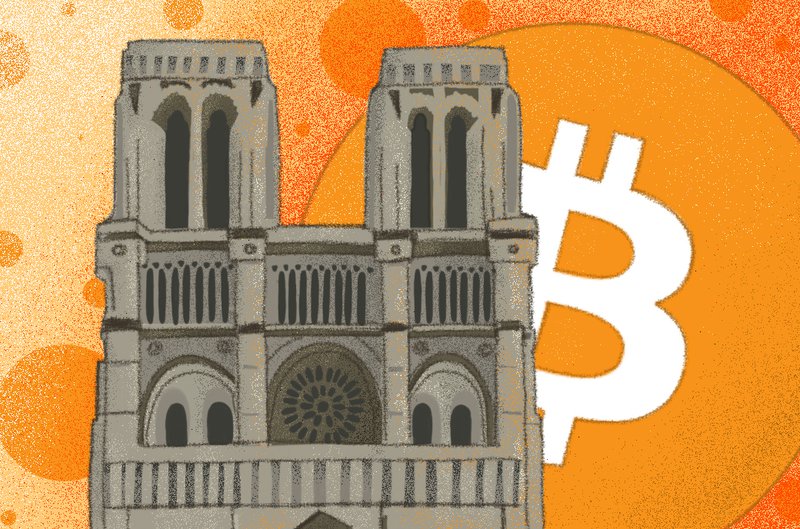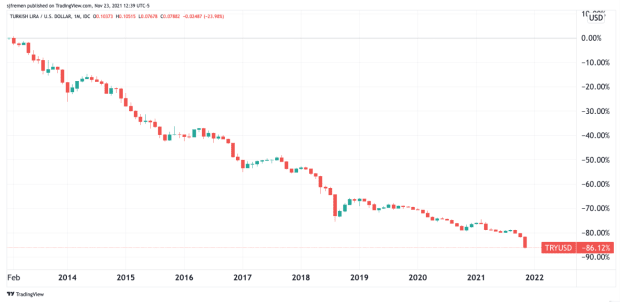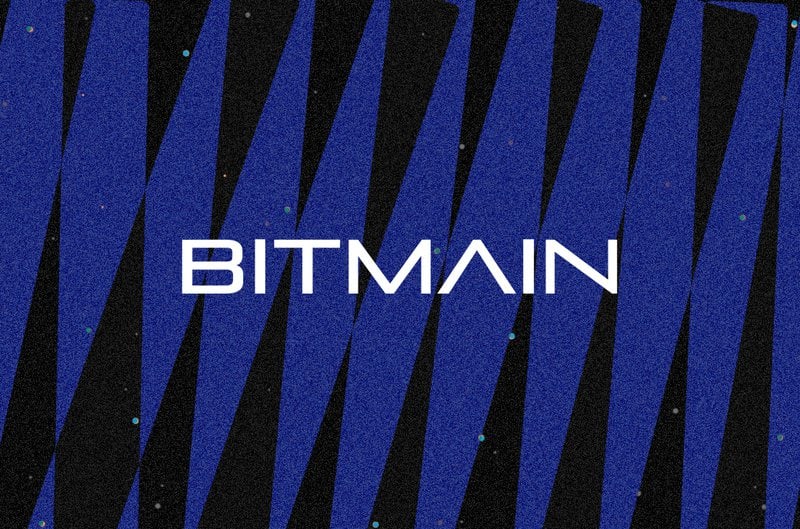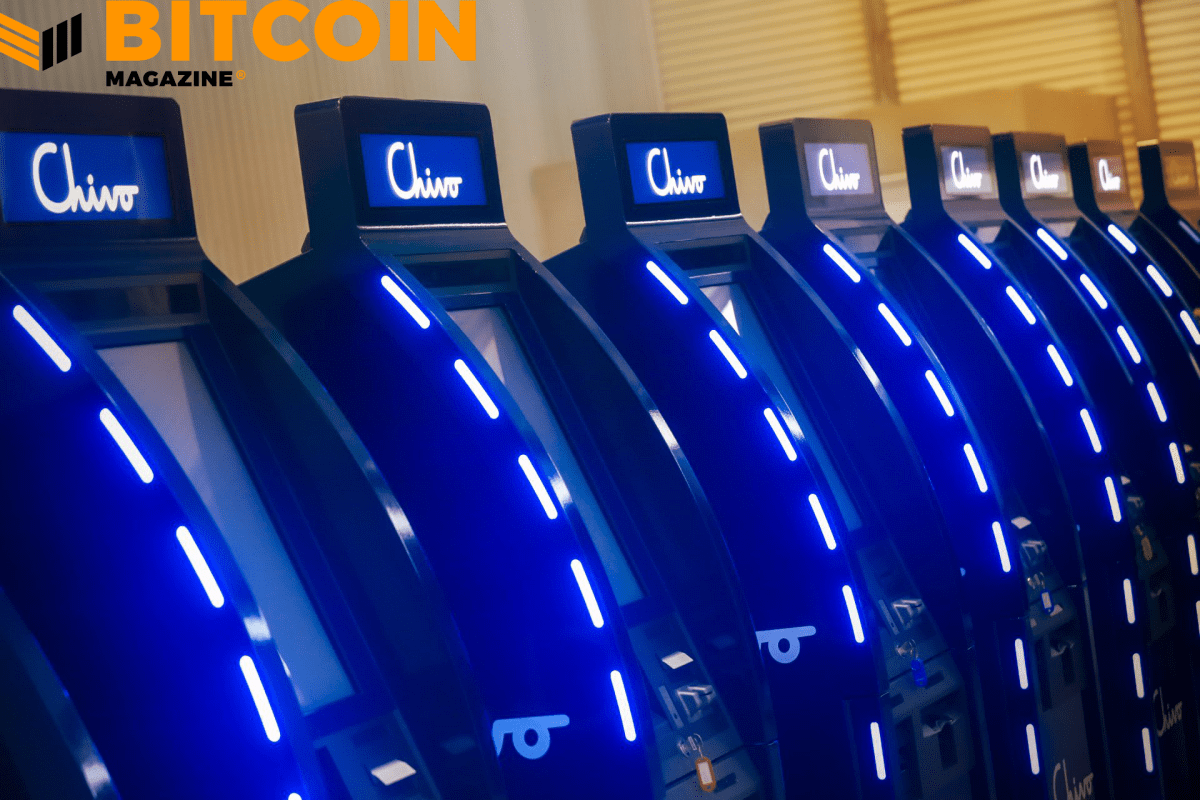As Global Inflation Heats Up, Bitcoin Saves The Day
Many contributing factors have led to a rise in inflation, which bitcoin offers an escape from.
The world is breathing a sigh of relief as things normalize after Covid-19 pandemic devastation. Governments are lifting lockdowns, restrictions are being relaxed, and the economy is slowly returning to a semblance of normality. As a result, consumer spending is on the rise.
Inflation Is On The Rise
In April, CNBC reported that the Consumer Price Inflation in the U.S. increased 4.2% from the previous year. Additionally, in June, the consumer price index increased 5.4% from last year, the sharpest jump since the 2008 Global Financial Crisis. Excluding energy and food, the core CPI increased by 4.5, the biggest jump since 1991.
Now, the big question is, what is causing the high inflation?
Increasing Money Supply
The Federal Reserve has resorted to flooding the economy with dollars to curb inflation. According to Forbes, the M2 money supply in April 2021 was $20.11 trillion, representing a 30% increase since January 2020. Too many dollars in the system reduces the currency value.
In addition, there is pent-up demand — more money going after fewer products — that exacerbates the inflation problem. Remember, when the COVID-19 pandemic hit, some manufacturing plants were closed while others downsized their operation. As a result, the market has exhausted its stockpiles. Similarly, the demand for air tickets is up again.
Manufacturers are working against time to match the demand. For instance, the pandemic affected car production. As a result, the cost of used cars and trucks is higher than ever before. The point is, a limited supply of goods, coupled with the expansion of dollars in the economy leads to inflation.
What Is The Inflation Debate In The U.S.?
The real rate of inflation is a growing concern especially among economic policymakers. While the whole discussion could be confusing to the masses, it is of critical importance. The next course of action could result in an economic slowdown, an increase in mortgage rates, and high volatility of stock prices. For these reasons, incoming economic data will be critical for financial analysts, policymakers, and economists.
According to AP News, Federal Reserve chairman Jerome Powell argues that the inflation spike is transitory, caused by the reopening economy after the pandemic. While the Federal Reserve maintains the inflation rate will average above 2% and move down after that, many economic experts hold a different view.
According to Bank of America strategist, Michael Harnett inflation could rise by up to 4% and persist longer than the Fed reported. David Roche, president of the investment firm Independent Strategy, holds a similar view. He said inflation could hit 3-4% in mid-2022. This could cause a crisis in the financial market and the U.S. economy at large.
According to the thinkers, Fed measurement tools aren’t in line with consumer spending. In other words, the inflation experienced by consumers is understated. Once the consumers start feeling the effects, they are likely to push for higher wages, starting a vicious inflation circle.
Effects On Other Countries
The inflation in the U.S. will not spare other countries. High inflation will make the U.S. dollar more attractive against other countries. Therefore, these countries will likely experience capital outflow as investors seek high returns. The result will be market volatility, slow economic growth, and a high-interest rate.
This means countries with dollar-denominated loans will have it rough paying back their loans. In the worst-case scenario, some countries could experience a recession. Needless to say, the whole world is watching, and they want to see how far this goes.
Bitcoin The Best Inflation Hedge?
Inflation fears are apparent with economic contraction and government stimulus increasing the global money supply. Bitcoin has positioned itself as a perfect hedge against inflation. Unlike fiat currency, bitcoin is not regulated by the central bank. Additionally, it has a finite supply of 21 million units. This is unlike fiat currency which can be printed in large, as is happening in the United States.
The decentralized nature of bitcoin makes it a perfect store of value. In addition, bitcoin proponents believe the price of virtual currency could increase as investors run from vulnerable conventional financial systems. Therefore, Bitcoin can act as a safe haven for investors.
Bitcoin Hedging Success
A good hedge against inflation is an asset that increases its value over time. Bitcoin has withstood the harsh effects of the Covid-19 pandemic with relative ease. It was trading at around $5000 when the Coronavirus was recognised as a global pandemic. Nevertheless, in the last 52 weeks, bitcoin has increased 235% and many analysts that focus on predicting Bitcoin prices went this year as far as to predict that BTC will yet hit the $100,000 mark by the end of Q4 2021.
Inflation has increased over the same period, and while according to Trading Economics’ U.S. inflation rates data the inflation at first was “only” 2.6% in March, it swiftly increased in April with CPI hitting 4.2%, 5% in May and finally 5.4% in June. This time bitcoin was proliferating, responding well to inflation.
Therefore, investors who turned to bitcoin to hedge against inflation are smiling. We have seen institutional adoption of the cryptocurrency from companies that see massive potential in bitcoin growth.
Bitcoin is also an excellent hedge against the social disruption and political instability that result from inflation. For instance, runaway inflation leads to increased uncertainty, poverty, and a lack of trust in institutions. Zimbabwe, Argentina, and Venezuela are just some of the examples. While these cases are unlikely in developed countries, it is better to be safe than sorry. Remember, Venezuela was in the past one of the richest countries in the world and look how they are doing now from an economical standpoint. Therefore, using bitcoin as a hedge against instability, broken payment systems, and control by the government is a prudent move.
Usually, rising interest rates is one of the ways to curb inflation. However, many current economies are debt-ridden. Therefore, this move could have the opposite effect. As a result, the inflation rate could continue to rise even as the interest rates increase.
Luckily, bitcoin trading is majorly based on U.S. dollars. Therefore, as the dollar value reduces, there is no good reason why the BTC/USD pair should not continue to increase. In addition, the decentralized nature of the Bitcoin network and the fact that it runs on technology created by anonymous individuals giving no central point of failure or attack, make bitcoin an excellent investment asset. It is not restricted to conventional economics.
Bitcoin is quite safe in the current world environment where old ideas vanish, and new ideas take roots. Moreover, with changing politics and economics, bitcoin is a good hedge against the possibility of a “crazy future.”
Final Words
The global nature and limited supply of bitcoin make it an excellent hedge against inflation. It is not controlled by any government or financial institutions. Therefore, it is not prone to economic measures that lead to inflation such as increasing currency supply through printing. In fact, the price proliferation of bitcoin as inflation increased during the Covid-19 pandemic, is enough evidence of its massive potential as a hedge against inflation. Suffice it to say, the cryptocurrency has positioned itself as a safe haven for investors with the rising inflation.
This is a guest post by Jerry Goddard. Opinions expressed are entirely their own and do not necessarily reflect those of BTC Inc. or Bitcoin Magazine.

